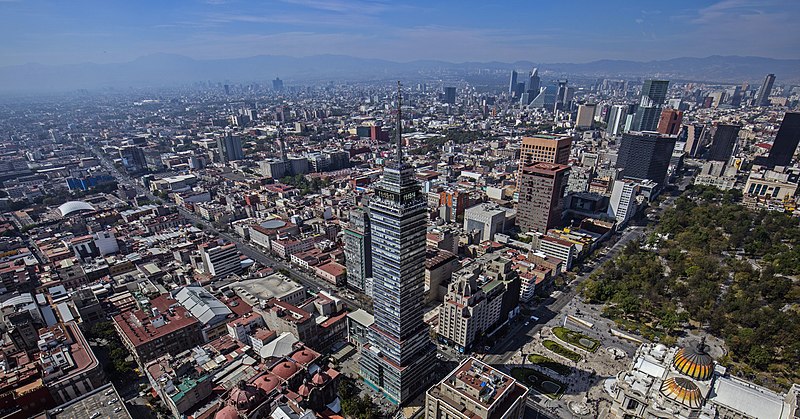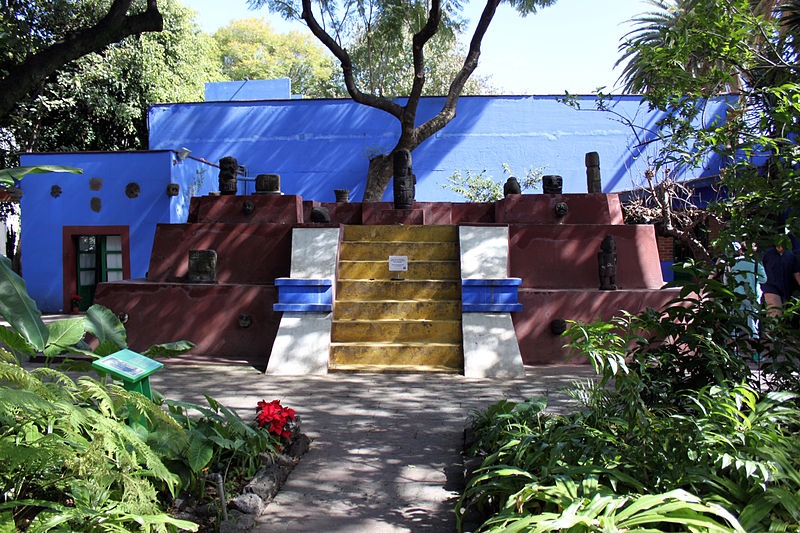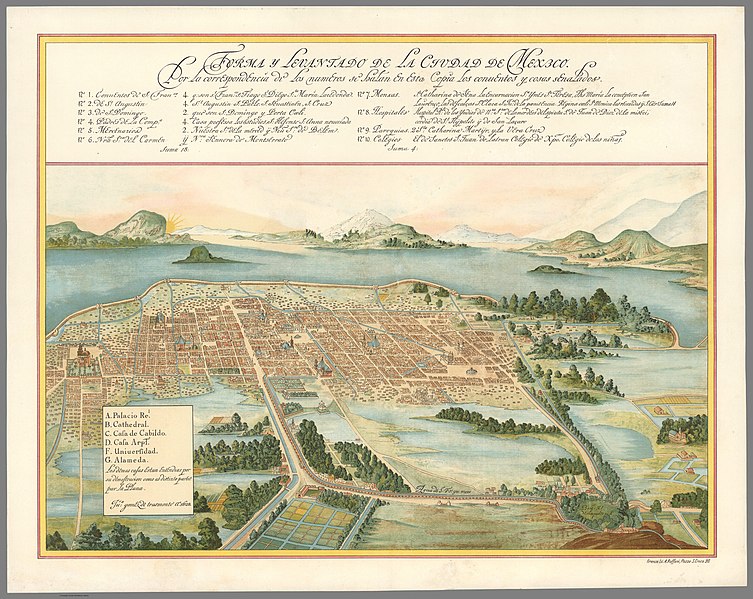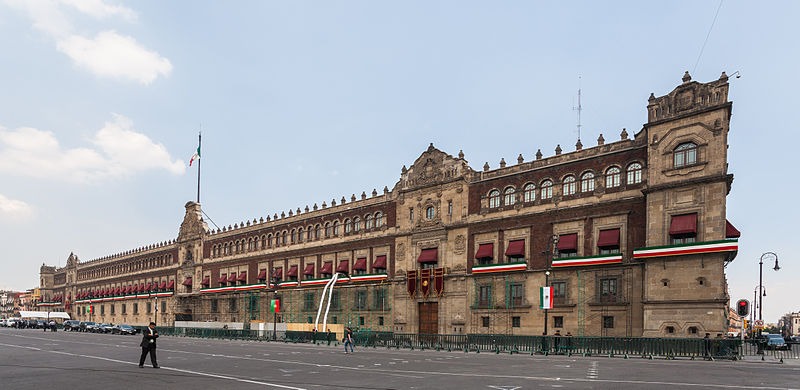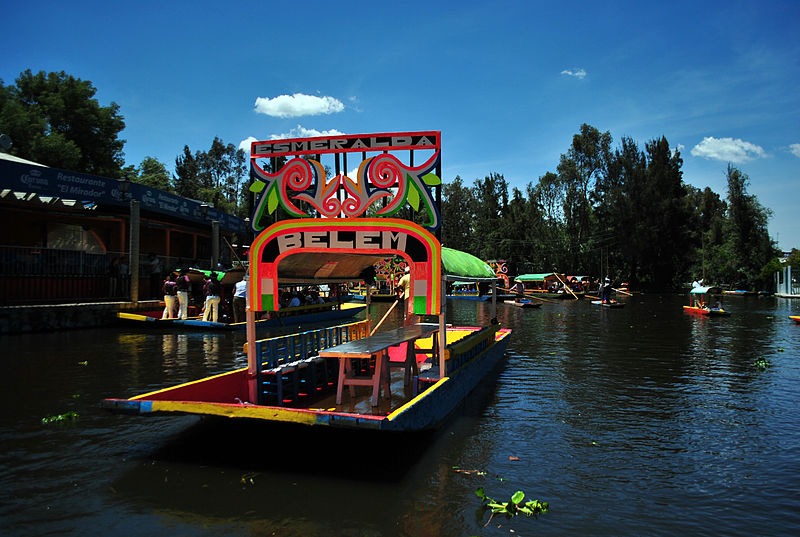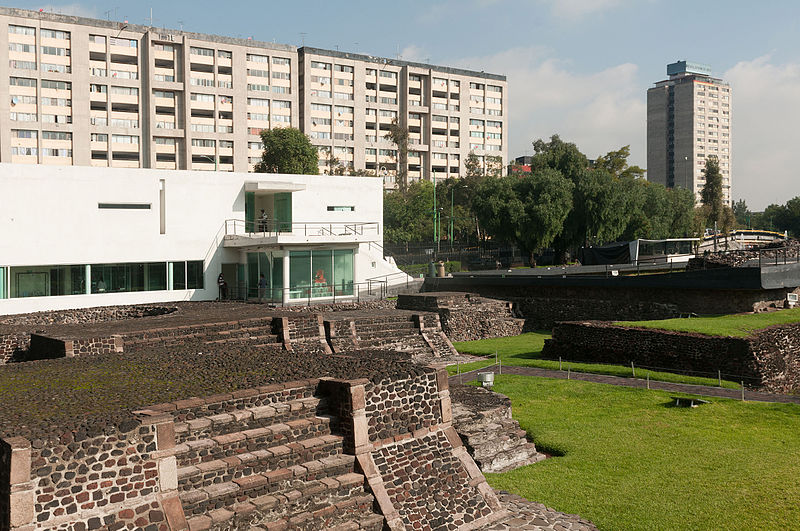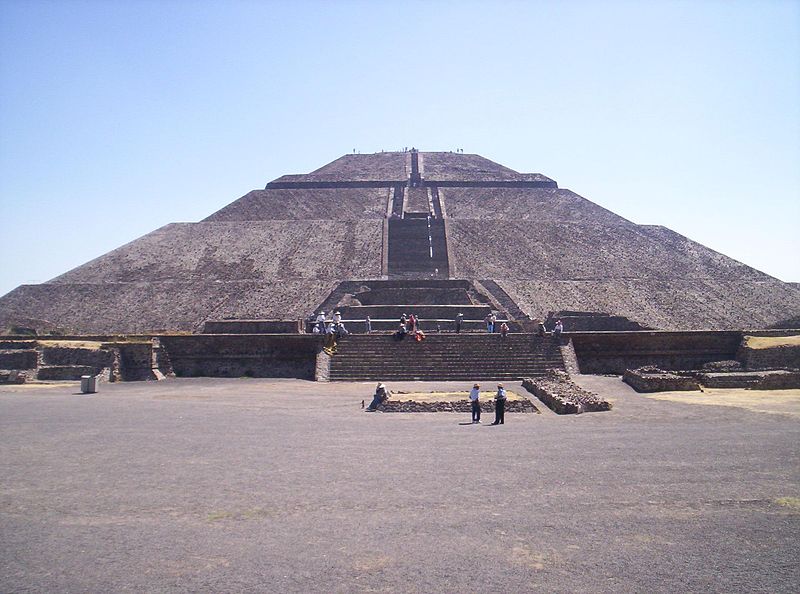Bienvenidos! Welcome to the dynamic and bustling city of Mexico City, one of the world’s largest and most fascinating urban hubs. This dynamic metropolis is a vibrant blend of ancient traditions and modern invention, with Aztec ruins coexisting with towering skyscrapers. Mexico City’s rich history, culture, and food are a treasure trove of fascinating and intriguing facts that will spark your interest. From the world’s largest pyramid to the home of chocolate, prepare to learn some of the most fascinating facts about Mexico’s metropolis that will entice you to pack your bags and visit this lively metropolis for yourself.
Short Background on Mexico City
Mexico City is the country’s capital and largest city, located in the Valley of Mexico. With a surface area of 1,495 square kilometers, it contains 16 boroughs organized into neighborhoods with a population of 9,209,944 in 2020. The Greater Mexico City metropolitan area has a population of 21,804,515 people, making it the world’s sixth-biggest metro area and the largest Spanish-speaking city. The city has a $411 billion GDP, accounting for 15.8% of Mexico’s GDP and approximately 22% of the country’s GDP.
Mexico City is a thriving metropolis and one of the world’s leading cities. Despite being located on Mexico’s high central plateau, the city has a high population density and has a significant economic impact on the country. Mexico City would have the fifth-largest economy in Latin America if it were an independent country.
1. A Haven For Museum Lovers
Mexico City is definitely a museum enthusiast’s paradise, with over 1,000 museums and galleries to explore. The range of exhibitions and collections is astounding, with everything from Aztec ruins to contemporary art and all in between.
Among Mexico City’s many noteworthy museums is the Palacio de Bellas Artes, or Palace of Fine Arts, a spectacular art nouveau structure that displays a variety of exhibitions and events. Its stunning glass curtain is one of the city’s most recognizable architectural elements.
The National Museum of Anthropology is another must-see for anyone interested in Mexico’s rich history and culture. This museum has a large collection of items and exhibits from Mexico’s pre-Hispanic civilizations, including the Aztecs, Mayans, and Olmecs.
The Blue House, or La Casa Azul, was the home and studio of the legendary artist Frida Kahlo. It is now a museum displaying her artwork, personal possessions, and the interesting tale of her life.
2. The City Was Built on a Lake
The story of Mexico City’s unique position is at the heart of its exciting past. Unlike other cities, Mexico City was built on an island in the midst of Lake Texcoco rather than on river banks. This island was initially chosen by the Aztecs, who were led by the gods to a location where an eagle perched on a cactus with a serpent in its beak.
The Aztecs had to devise an ingenious solution to make the island habitable. They began by pouring soil and pebbles into the lake’s shallow waters, laying the groundwork for their city. They gradually increased the size of the island by adding more soil and constructing retaining walls to prevent erosion.
However, the Aztecs’ engineering prowess did not end there. They also built a network of canals and causeways linking their island city to other islands and the mainland. These causeways, constructed of earth, pebbles, and wooden pegs, provided transportation and communication throughout the region.
3. Mexico City is Sinking Every Year
Over time, the Aztecs built a network of canals and causeways connecting the islands to the mainland and to one another, resulting in a thriving city in the middle of the lake.
When the Spanish colonizers came in the 16th century, they began draining the lake to reduce flooding and make a place for urban expansion. As a result, the lake shrank, and formerly submerged land began to emerge, eventually becoming part of the city’s metropolitan landscape.
As a result of the lake’s depletion, Mexico City residents began to rely on subsurface aquifers for water. This has resulted in the lack of these aquifers over time, leading the city to sink at an alarming rate. In fact, some studies indicate that Mexico City is sinking by as much as 9 inches a year in some regions.
The problem is worsened by Mexico City’s clay sheets compressing and breaking, leading to the city’s sinking. This has caused a slew of problems, including uneven streets, damaged buildings, and shaky infrastructure.
4. It Was Once Dubbed the “City of Palaces.”
Mexico City is known as “The Palace City” because of its magnificent collection of palaces and mansions. Alexander von Humboldt, a German adventurer, and polymath who visited the city in the 18th century, coined this term.
The city’s rich architectural legacy, the result of centuries of Spanish influence, struck Humboldt. The conquistadors who arrived in Mexico in the 16th century quickly established themselves as the new nobility, and they amassed immense wealth by exploiting the region’s natural resources.
They spent their newfound wealth on opulent palaces and public buildings, the majority of which still stand as testaments to their power and splendor today. The National Palace, which serves as the official residence of Mexico’s President, and the Palace of Fine Arts, which houses one of the country’s leading cultural organizations, are two of Mexico City’s most noteworthy palaces.
5. The City Still Has a Fragment of the Aztec Canal System
While Mexico City’s canal system has long since vanished, a small remnant of it can still be found in the Xochimilco Floating Gardens. These gardens, known as “chinampas,” are a remarkable engineering wonder and testament to the Aztecs’ brilliance.
Chinampas are small islands formed by stacking mud, sediment, and organic material onto the lakebed to provide a raised platform on which crops can be planted. The Aztecs employed this technology to build an elaborate network of canals and floating gardens, allowing them to cultivate a diverse range of crops in the fertile soil.
Visitors to Xochimilco can now take a traditional Trajinera boat trip around the historic canals, taking in the sights and sounds of this unique and intriguing city. The gardens also feature a variety of local food and music, making it a great day trip from Mexico City.
6. The City Served as New Spain’s Capital for 300 Years
Following the fall of the Aztec Empire, the Spanish began to colonize and rule the region. They called the area “New Spain” and began constructing buildings and infrastructure in order to gain control of the territory. Mexico City was chosen as the capital of New Spain because of its central location and the fact that it already had a sizable population.
The city was built on the ruins of Tenochtitlan, the Aztec Empire’s ancient capital. Many of Tenochtitlan’s existing structures and materials were used to build their new city. The finished result was a one-of-a-kind fusion of Aztec and Spanish architecture and culture. Mexico City emerged as a prominent political, economic, and cultural hub of New Spain over the next three centuries. The city drew people from all across the empire and became a center for trade and business.
7. The City Has an Architectural Structure for Its Three Periods
The Historic Center of Mexico City displays the city’s rich architectural history in three distinct periods. The Templo Mayor ruins, which were once the heart of the Aztec Empire, display old Aztec architecture. This region also contains colonial buildings from the time of Spanish administration, such as the National Palace and the Metropolitan Cathedral. Torre Latinoamericana and other similar high-rise towers depict modern-day Mexico.
Furthermore, the Plaza of Three Cultures in Tlatelolco is a one-of-a-kind location where architecture from all three periods of Mexican history can be found. The pre-Hispanic ruins of the Tlatelolco market, the colonial church of Santiago de Tlatelolco, and modern buildings all share this space. Furthermore, if you enjoy learning about history through architecture, Mexico City is the place to be.
8. The Aztecs Did Not Build the Pyramids of Teotihuacan
Teotihuacan is a historic city just west of Mexico City known for its pyramids and ruins. Despite its prominence, many people are astonished that Teotihuacan was not built by the Aztecs. Instead, an unknown civilization built the city between 100 BCE and 650 CE, long before the Aztecs arrived.
In the 14th century, the Aztecs found Teotihuacan and were awestruck by the spectacular constructions left behind. They thought that the city was founded by the gods. Therefore they named it Teotihuacan, “the place where the gods were created.”
9. Mexico City is the Largest City in North America
Mexico City is one of the world’s largest and most populous cities. Mexico’s capital is located in the Valley of Mexico, surrounded by gorgeous mountains. The metropolis covers 573 square miles, making it one of the world’s largest metropolitan regions.
Mexico City is North America’s most populous city, with over 9 million people. With approximately 16,000 people per square mile, the population density is also very high. Mexico City is home to one in every five Mexicans, making it the country’s social, cultural, and economic hub. The city is a melting pot of numerous cultures and traditions passed down through the generations.
In conclusion, Mexico City is an enthralling and active metropolis with a rich history and culture. There is no shortage of curiosity-piquing facts and things to discover about this bustling metropolis, from its ancient Aztec roots to its modern-day architecture. Mexico City is a must-see for anybody interested in finding historic ruins, indulging in delectable cuisine, or simply soaking up the local vibe.

